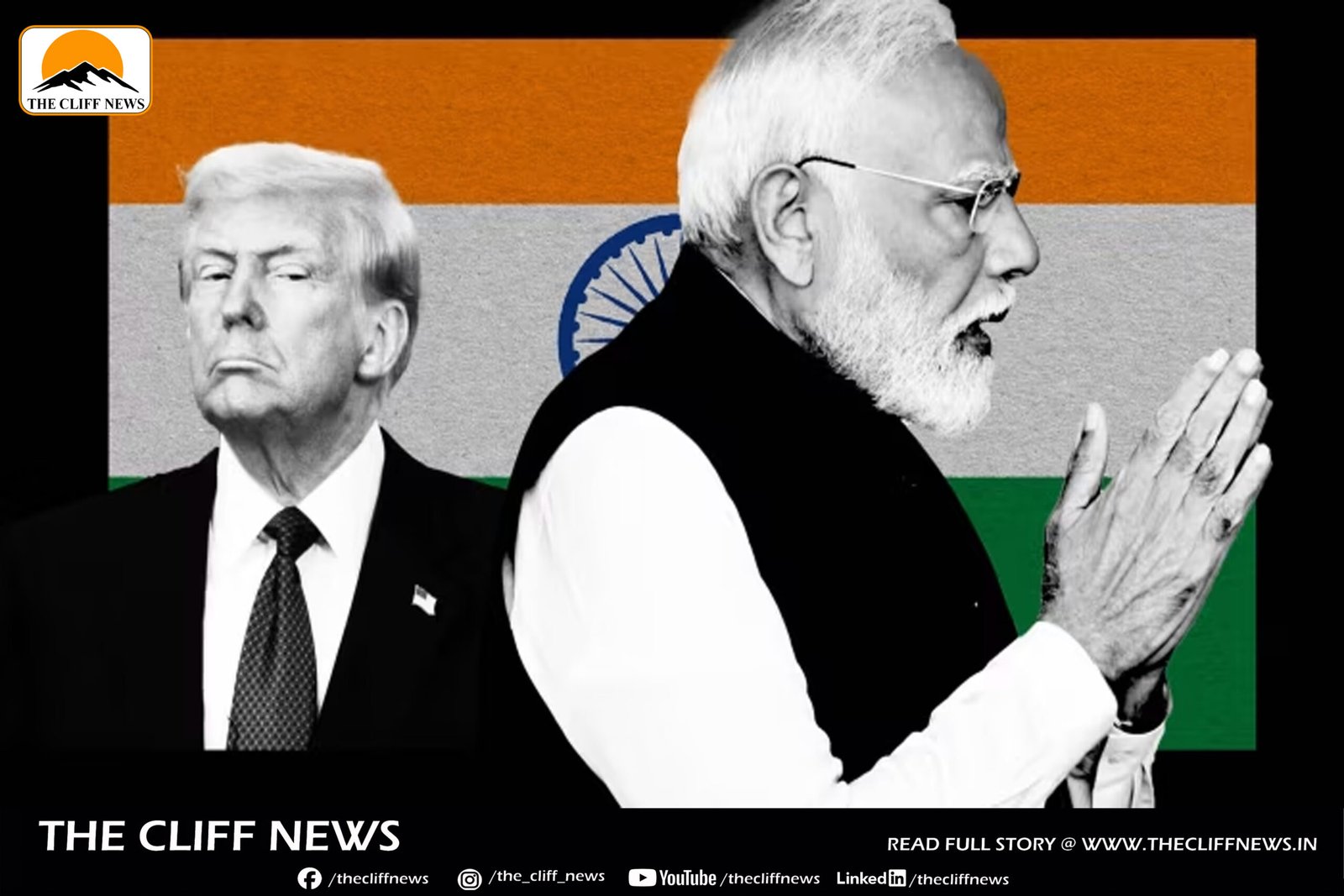After Donald Trump announced punitive tariffs totalling more than 50% on Indian imports, major manufacturers in India were inundated with anxious calls from investors and US clients.
Gokaldas Exports, a leading garment manufacturer that earns half of its revenue from US exports—supplying retailers such as Walmart, Gap, and Abercrombie & Fitch—reported that customers were asking whether production could be shifted elsewhere. “It’s been insane — at 50 per cent tariff there is no business to be done,” said Managing Director Sivaramakrishnan Ganapathi. “In the interim, brands are saying they’ll scale down their sourcing from India… they have options to go to Vietnam, Bangladesh, Sri Lanka.”
A wide swath of Indian industry has gone into panic mode after the US president, last Wednesday, announced an additional 25% tariff on Indian imports effective August 27. This comes on top of a 25% duty imposed earlier in the month. Unless New Delhi strikes a deal with Washington, the move could devastate crucial sectors and derail Prime Minister Narendra Modi’s “Make in India” vision to position the country as a manufacturing alternative to China.
Trump, who has previously called India a “tariff king,” blamed the new measures on New Delhi’s purchases of Russian weapons and oil. The new tariff threatens India’s largest export market, which was worth $87 billion in the year ending March. While pharmaceuticals and smartphones are temporarily exempt, Moody’s has warned that if the 50% rate remains beyond 2025, the steep tariff gap with the rest of Asia could “severely curtail” India’s manufacturing ambitions and even cause some foreign direct investors to pull out.
The 50% rate would place US tariffs on Indian imports on par with Brazil and far above China’s 30% and Vietnam’s 20%.
Pratik Patel, chair of Indore-based Jash Engineering, which generates more than a third of its revenue from the US, described the tariff uncertainty as the company’s “biggest problem today.” He said it was putting significant pressure on existing orders and that talks with American clients were underway.
Economists at Nomura compared the tariffs to a “trade embargo” that could devastate small businesses in low-margin industries, undermining India’s integration into global supply chains. Ajay Srivastava of the Global Trade Research Initiative predicted that exports in sectors such as apparel, jewellery, carpets, and shrimp could fall by 50–70%. Wendy Cutler, vice-president of the Asia Society Policy Institute and a former US trade negotiator, said the measures would “essentially cut off most Indian exports to the US.”
Some Indian companies were already feeling the strain before last week’s announcement. Amit Kalyani, vice-chair of Bharat Forge, said the company was working with customers to find solutions amid the tariff-related uncertainty, something he described as unprecedented.
Sudhir Sekhri, chair of India’s Apparel Export Promotion Council, estimated that the apparel sector alone could lose $5 billion in sales over the next seven months—about half of its exports to the US in the 2023–24 financial year.



